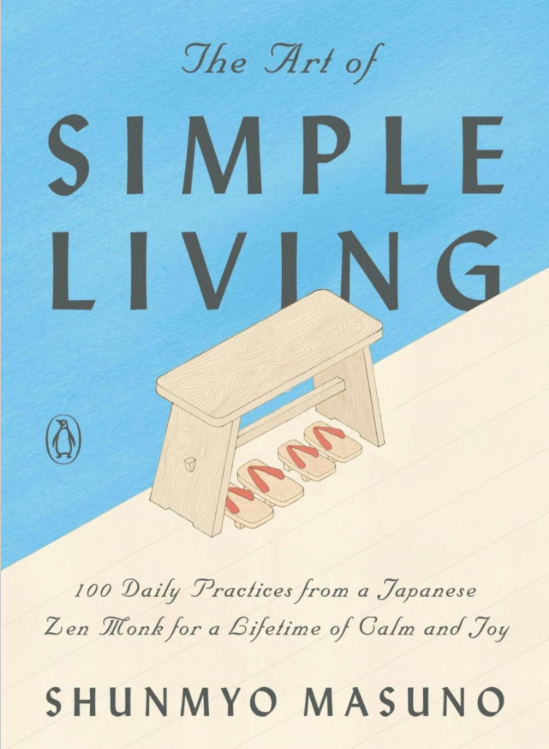Short Stories for Short Attention Spans
By Brittani Ivan, LIS Library Assistant 2

One weird side-effect of the pandemic for me is that although on paper I have far more free time, I’ve found it hard to settle down with a nice fat book the way I used to. Gone are the days of lazy evenings filled with “Outlander” sized novels- I just can’t seem to commit to longer works of fiction! Since my attention span has been a lot shorter lately, I’ve been turning to short reads instead, and thought I’d share some of my personal favorites with you in case you’ve found yourself in a similar predicament.
For people who just want a little bit of everything in their short story collections, “All New Tales” may be right up your alley. With twenty-seven stories ranging from realistic fiction to horror to mystery to fantasy, there’s something for everybody in this collection edited by Neil Gaiman. It’s also got a lot of big-name contributors, including Roddy Doyle, Michael Moorcock, Diana Wynne Jones, and Jodi Picoult, so you may find something new by one of your favorite authors!
Lovers of fantasy and science fiction literature, why not give “How Long ‘til Black Future Month” by N.K. Jemisin a go? While she’s more well-known for her fabulous full-length speculative novels, her intriguing short stories meld fantastic elements with the mundane in seriously thought-provoking ways. I especially enjoyed “Valedictorian”’s exploration of the heart-breaking challenge of being yourself in a world based on distrust of the other. Ted Chiang’s “Exhalation” is also a good choice for readers with a hankering for quick, interesting science fiction reads. In this collection of nine short stories, Chiang explores humanity’s place in the universe, the nature of free will, and bioethics through a hefty helping of A.I., time travel, and virtual reality that is certain to entertain.
If, on the other hand, you thrive on horror or suspense, I recommend trying “Being Dead” by Vivian Vande Velde. The line between the living and the dead has never felt quite so thin as in this collection of horror stories. It’ll definitely send shivers down your spine! For more of an old-school scare, check out “The Complete Tales and Poems of Edgar Allen Poe” by American master and enigmatic mystery man himself, Edgar Allen Poe, for some of his most spine-tingling tales and poems. While you can’t go wrong with well-loved classics like the madness-inducing still-beating heart of “The Tell-tale Heart,” anyone who likes a good scare will also enjoy his other stories like “Masque of the Red Death” or “Three Sundays in a Week.”
While a story that makes you shiver can provide a good distraction, sometimes a soft, gentle read is best. If gentle realistic fiction is more your taste, “Uncommon Type” by Tom Hanks may be just the book for you. Told with Hank’s signature empathy and heart, the whimsical and sweet stories of this collection are a nice counter to all the darkness of our daily news cycle. Hanks himself reads the audiobook, which makes the stories come alive and allows you to enjoy them while you accomplish other tasks!
Speaking of other tasks, approaching our daily lives more mindfully can be another good respite from our current situation. One good book full of bite-sized mindfulness tips is Shunmyo Masuno’s “The Art of Simple Living: 100 daily practices from a Japanese Monk for a Lifetime of Zen and Joy.” The book is split into one hundred single-page reflections on mindful ways to approach each day, from going on an early morning walk in nature to carefully lining up your shoes by the front door. While you can read multiple entries at a time, it’s nice to have the book’s permission to approach settling your mind via one tiny habit a day.
In keeping with the theme of the article, that’s the last of my recommendations today. If you want more recommendations on good short fiction or nonfiction collections, please reach out to us here at Manhattan Public Library! You can contact us via phone or in person, or, if you want a whole list of possible books based on your interests, try filling out a personalized reading list request form. We’re feeling the effects of social-distancing too, and would love to help you find your next good read.


 In seventh grade, I tested out of my school’s English as a Second Language (ESL) program. By that point, I could sound out words and understand most grammar rules, but I struggled to read anything quickly or, worse, out loud. Most stories I could easily get through were written for younger children, but novels with an intriguing plot often proved too difficult to actually enjoy.
In seventh grade, I tested out of my school’s English as a Second Language (ESL) program. By that point, I could sound out words and understand most grammar rules, but I struggled to read anything quickly or, worse, out loud. Most stories I could easily get through were written for younger children, but novels with an intriguing plot often proved too difficult to actually enjoy. The past few months have been a time of stress, upheaval, and unpredictability for many of us. It can feel like we’re just trying to stay afloat in our work and home lives. It may help to pause and take the time to examine our practices and habits in order to prepare for the next change or opportunity that may be right around the corner.
The past few months have been a time of stress, upheaval, and unpredictability for many of us. It can feel like we’re just trying to stay afloat in our work and home lives. It may help to pause and take the time to examine our practices and habits in order to prepare for the next change or opportunity that may be right around the corner.